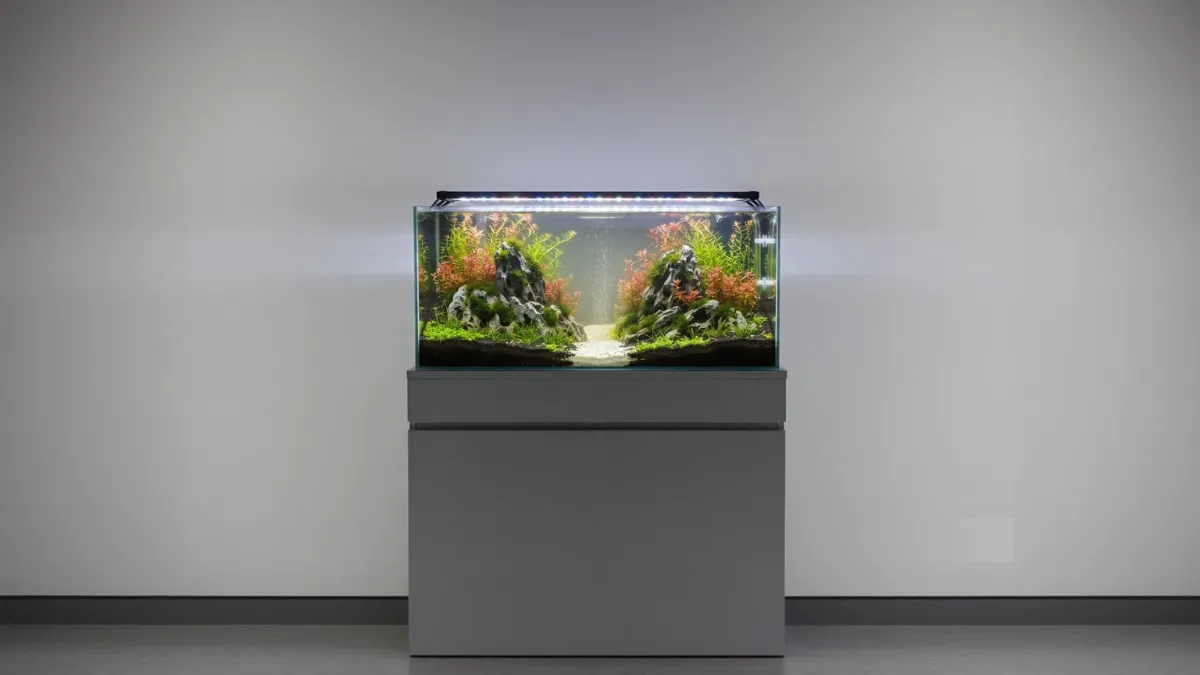Back to Blog

18 September 2025
Tips & TricksUnderstanding the Nitrogen Cycle in Planted Tanks
Master the fundamentals of biological filtration in planted aquascapes
The nitrogen cycle is the foundation of any healthy aquarium, but planted tanks have unique characteristics that make understanding this cycle even more crucial.
The Classic Nitrogen Cycle:
1. Fish waste and decaying matter produce ammonia (NH3/NH4+)
2. Beneficial bacteria (Nitrosomonas) convert ammonia to nitrite (NO2-)
3. Another bacteria strain (Nitrobacter) converts nitrite to nitrate (NO3-)
4. Nitrate is removed through water changes
In Planted Tanks:
Aquatic plants add another dimension to this cycle. They consume ammonia, nitrite, and nitrate directly as fertilizer, often so efficiently that they outcompete bacteria. This is why heavily planted tanks can sometimes cycle faster or show near-zero nitrate readings.
The "Silent Cycle":
High plant mass can enable stocking fish immediately - called silent cycling. Plants process ammonia so quickly that toxic levels never build up. However, this requires:
- Very heavy planting (60%+ coverage)
- Fast-growing species
- Adequate lighting
- Regular monitoring
Best Practices:
Even with plants, traditional cycling is safer for fish. New tanks should run 4-6 weeks before heavy stocking. Test water parameters regularly during establishment. Add fish gradually to avoid overwhelming biological filtration.
Common Issues:
- New Tank Syndrome: Unstable parameters in first months
- Plant Melt: Can temporarily increase ammonia
- Medication: Some treatments kill beneficial bacteria
Signs of Healthy Cycle:
- Consistent zero ammonia and nitrite
- Stable pH
- Healthy plant growth
- Active, healthy fish
Understanding this cycle helps troubleshoot problems and maintain thriving planted aquariums. Never skip testing, even in established tanks.